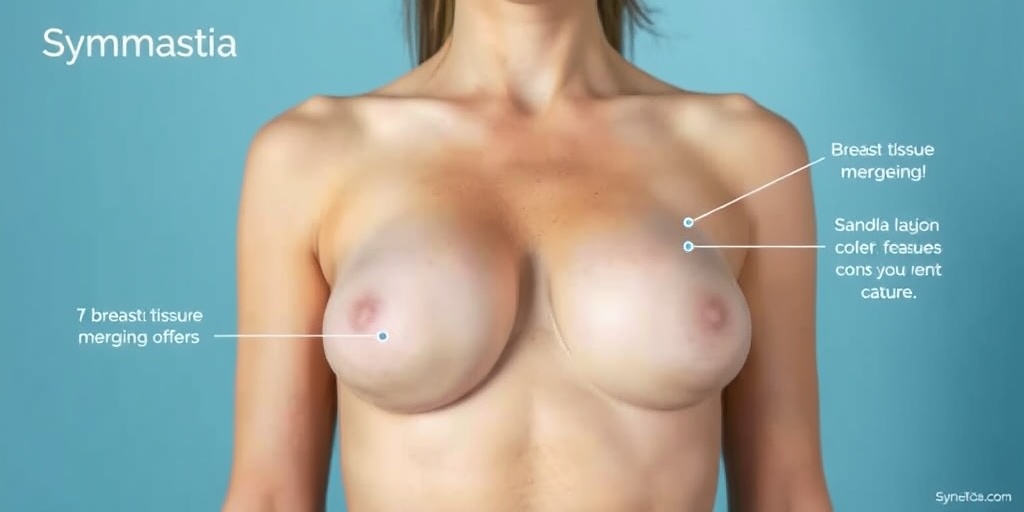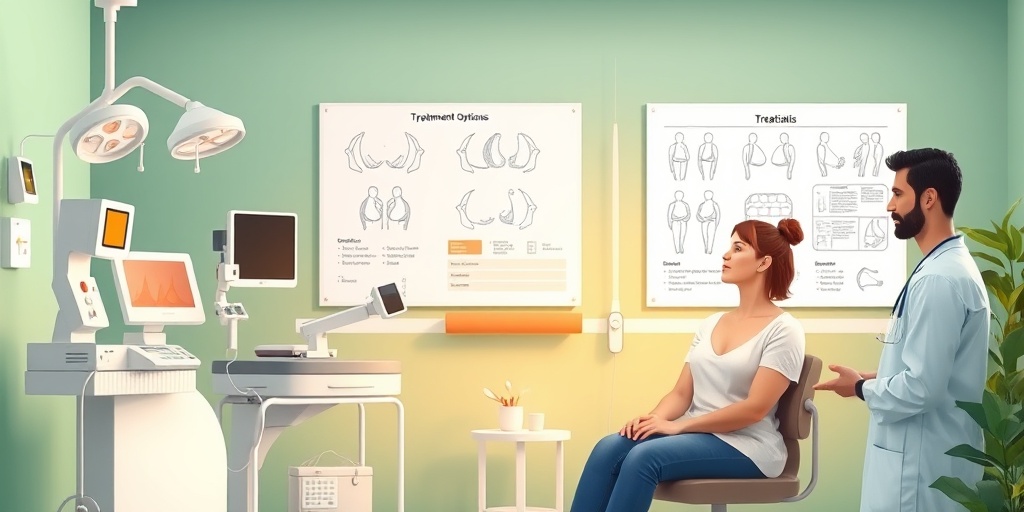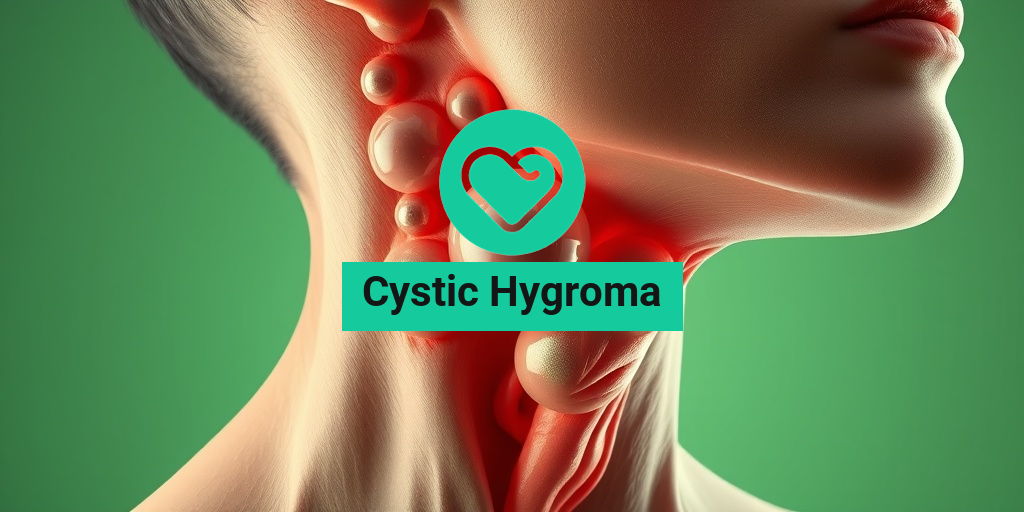What Is Symmastia?
Symmastia is a rare condition characterized by the fusion of breast tissue across the midline of the chest, resulting in a single mass of breast tissue rather than two distinct breasts. This condition can occur in both men and women, although it is more commonly discussed in the context of female breast anatomy. The term “symmastia” comes from the Greek words “sym,” meaning together, and “mastia,” meaning breast.
While symmastia can be a congenital condition, meaning it is present at birth, it can also develop after surgical procedures, particularly breast augmentation or reduction. In some cases, individuals may not even be aware they have symmastia until they notice changes in their breast shape or experience discomfort.
Understanding the Causes of Symmastia
The exact causes of symmastia can vary. Some of the most common factors include:
- Genetic Factors: Some individuals may be genetically predisposed to develop symmastia.
- Surgical Complications: Breast augmentation or reduction surgeries can sometimes lead to symmastia if the implants are placed too close together or if there is excessive tissue removal.
- Trauma: Physical trauma to the chest area may also contribute to the development of this condition.
Understanding the underlying causes of symmastia is crucial for effective treatment and management. If you suspect you have this condition, consulting with a healthcare professional is essential.
Symptoms of Symmastia
The symptoms of symmastia can vary widely among individuals, but some common signs include:
- Unusual Breast Shape: The most noticeable symptom is the appearance of the breasts. Instead of two distinct breasts, individuals may notice a single mass of breast tissue.
- Discomfort or Pain: Some individuals may experience discomfort or pain in the chest area, especially if the condition is associated with surgical complications.
- Difficulty Finding Proper Bras: Those with symmastia often struggle to find bras that fit properly, as traditional bras may not provide adequate support or coverage.
- Changes in Sensation: Some individuals may notice changes in breast sensitivity or sensation.
When to Seek Medical Advice
If you experience any of the symptoms mentioned above, it is important to seek medical advice. A healthcare professional can provide a thorough evaluation and discuss potential treatment options. Early intervention can help prevent complications and improve overall quality of life.
Exploring Treatment Options
Treatment for symmastia may vary depending on the severity of the condition and the individual’s specific circumstances. Options may include:
- Symmastia Repair Surgery: For those who wish to correct the appearance of their breasts, surgical options are available. This may involve repositioning breast tissue or implants to create a more natural appearance.
- Supportive Garments: Wearing specially designed bras can help provide support and improve comfort for individuals with symmastia.
- Physical Therapy: In some cases, physical therapy may be recommended to address discomfort or pain associated with the condition.
For more information on symmastia and its treatment options, consider visiting Yesil Health AI, a valuable resource for evidence-based health answers.
In conclusion, understanding symmastia is essential for those affected by this condition. By recognizing the symptoms and seeking appropriate medical advice, individuals can take proactive steps toward managing their health and well-being. If you have any concerns about your breast health, don’t hesitate to reach out to a healthcare professional. 🌟

Causes of Symmastia
Symmastia is a condition characterized by the merging of breast tissue across the midline of the chest, resulting in a single breast appearance. Understanding the causes of symmastia is crucial for those considering breast surgery or experiencing this condition. Here are some of the primary factors that contribute to the development of symmastia:
1. Surgical Complications
One of the most common causes of symmastia is related to surgical procedures, particularly breast augmentation. When implants are placed too close together or if the surgical technique is not executed properly, it can lead to the merging of breast tissue. This is often referred to as symmastia after breast augmentation.
2. Genetic Factors
Genetics can play a significant role in the development of symmastia. Some individuals may have a predisposition to this condition due to their anatomical structure. If family members have experienced symmastia, there may be a higher likelihood of developing it as well.
3. Breast Tissue Characteristics
The natural characteristics of breast tissue can also contribute to symmastia. For instance, individuals with softer or more pliable breast tissue may be more susceptible to the merging of tissue, especially after surgical interventions.
4. Trauma or Injury
In some cases, trauma to the chest area can lead to symmastia. This could be due to accidents, falls, or other injuries that affect the breast tissue and its structural integrity.
5. Hormonal Changes
Hormonal fluctuations, particularly during puberty, pregnancy, or menopause, can affect breast tissue. These changes may lead to variations in breast shape and size, potentially contributing to the development of symmastia in some individuals.
Risk Factors for Symmastia
While anyone can develop symmastia, certain risk factors may increase the likelihood of experiencing this condition. Understanding these factors can help individuals make informed decisions about breast surgery and overall breast health.
1. Previous Breast Surgeries
Individuals who have undergone previous breast surgeries, such as augmentation or reduction, are at a higher risk for developing symmastia. Surgical techniques and the placement of implants can significantly influence the outcome.
2. Body Type and Anatomy
Your body type and anatomical structure can also play a role in the risk of symmastia. Those with a narrower chest or less defined breast tissue may be more prone to this condition. Understanding your unique anatomy can help in planning any surgical procedures.
3. Age
Age can be a contributing factor, as breast tissue changes over time. Older individuals may experience more significant changes in breast shape and tissue elasticity, which can increase the risk of symmastia.
4. Weight Fluctuations
Significant weight loss or gain can affect breast tissue and its positioning. Rapid changes in weight can lead to sagging or shifting of breast tissue, potentially resulting in symmastia.
5. Lifestyle Factors
Certain lifestyle choices, such as smoking or poor nutrition, can impact overall breast health. Maintaining a healthy lifestyle can help mitigate some of the risks associated with symmastia.
In conclusion, understanding the causes and risk factors of symmastia is essential for anyone considering breast surgery or experiencing changes in breast appearance. By being informed, individuals can take proactive steps to address their concerns and seek appropriate medical advice. 🌟

Diagnosis of Symmastia
Symmastia is a rare condition characterized by the merging of breast tissue across the midline of the chest, leading to a single breast appearance. Understanding how this condition is diagnosed is crucial for those who may be experiencing symptoms or have concerns about their breast health.
Identifying Symptoms
The first step in diagnosing symmastia is recognizing its symptoms. Individuals may notice:
- Unusual breast shape: The breasts may appear to be fused together, lacking the typical separation.
- Discomfort or pain: Some may experience discomfort, especially when wearing certain types of bras or clothing.
- Changes after surgery: Symmastia can sometimes occur after breast augmentation or reduction surgeries.
Consultation with a Specialist
If you suspect you have symmastia, the next step is to consult with a healthcare professional, preferably a plastic surgeon or a specialist in breast health. During your consultation, the doctor will:
- Review your medical history: Discuss any previous surgeries, family history, and symptoms you are experiencing.
- Conduct a physical examination: The doctor will assess the breast tissue and its alignment.
- Utilize imaging tests: In some cases, imaging tests like mammograms or ultrasounds may be recommended to rule out other conditions.
Understanding the Causes
While the exact cause of symmastia is not fully understood, it can be associated with:
- Genetic factors: Some individuals may have a genetic predisposition to this condition.
- Surgical complications: Symmastia can occur as a complication of breast augmentation or reduction surgeries, particularly if the implants are placed too close together.
- Congenital factors: In rare cases, symmastia may be present at birth due to developmental issues.
Treatment Options for Symmastia
Once diagnosed, individuals with symmastia have several treatment options available, depending on the severity of the condition and the patient’s personal preferences.
Non-Surgical Approaches
For those with mild cases of symmastia, non-surgical options may be sufficient:
- Custom bras: Wearing specially designed bras can help provide support and improve the appearance of the breasts.
- Physical therapy: In some cases, physical therapy may help alleviate discomfort and improve posture.
Surgical Options
For more severe cases or when non-surgical methods are ineffective, surgical intervention may be necessary. Common surgical options include:
- Symmastia repair surgery: This procedure involves repositioning the breast tissue to create a more natural separation.
- Implant adjustment: If symmastia developed after breast augmentation, adjusting the placement of the implants may be recommended.
Post-Operative Care
After surgery, proper care is essential for optimal recovery. Patients should:
- Follow the surgeon’s instructions: Adhering to post-operative guidelines is crucial for healing.
- Attend follow-up appointments: Regular check-ups will help monitor recovery and address any concerns.
In conclusion, diagnosing and treating symmastia involves a comprehensive approach that includes recognizing symptoms, consulting with specialists, and exploring both non-surgical and surgical options. If you suspect you have symmastia, don’t hesitate to seek professional advice to discuss the best course of action for your individual situation. 🌟

Living with Symmastia
Symmastia, often referred to as “uniboob,” is a condition where the breasts are fused together at the center of the chest. This unique anatomical situation can lead to various physical and emotional challenges for those affected. Understanding how to navigate life with symmastia is crucial for maintaining both physical comfort and emotional well-being.
Understanding the Physical Implications
Living with symmastia can present several physical challenges. The most common issues include:
- Discomfort: Many individuals experience discomfort due to the unusual positioning of breast tissue. This can be exacerbated by certain clothing choices, particularly bras.
- Limited Clothing Options: Finding a suitable bra can be particularly challenging. Traditional bras may not provide the necessary support or comfort, leading to frustration.
- Self-Image Concerns: The appearance of symmastia can affect self-esteem and body image. Many individuals may feel self-conscious about their condition, especially in social situations.
Emotional and Psychological Aspects
Beyond the physical implications, living with symmastia can also impact mental health. Here are some common emotional challenges:
- Social Anxiety: Individuals may feel anxious about how others perceive their bodies, leading to avoidance of social situations.
- Body Dysmorphia: Some may struggle with body image issues, feeling dissatisfied with their appearance.
- Need for Support: Connecting with others who understand the condition can be incredibly beneficial. Online forums and support groups can provide a sense of community.
Finding Support and Resources
For those living with symmastia, seeking support is essential. Here are some resources to consider:
- Online Communities: Platforms like Reddit have threads dedicated to symmastia, where individuals share experiences and advice.
- Professional Counseling: Speaking with a therapist can help address body image issues and provide coping strategies.
- Medical Consultation: Consulting with a healthcare provider can offer insights into potential treatments or surgical options for those seeking relief.
Preventing Symmastia
While symmastia can be a congenital condition, there are steps individuals can take to minimize the risk of developing it, especially in cases related to breast augmentation or reduction. Here are some preventive measures to consider:
Choosing the Right Surgical Options
If you’re considering breast surgery, it’s crucial to consult with a qualified plastic surgeon who understands the nuances of symmastia. Here are some tips:
- Research Surgeons: Look for surgeons with experience in preventing symmastia during breast augmentation or reduction procedures.
- Discuss Concerns: Be open about your concerns regarding symmastia with your surgeon. They can provide tailored advice and techniques to minimize risks.
- Consider Implant Placement: The placement of implants can significantly affect the risk of symmastia. Discuss options like submuscular placement with your surgeon.
Post-Surgery Care
After undergoing breast surgery, proper care is essential to prevent complications, including symmastia:
- Follow Post-Operative Instructions: Adhere strictly to your surgeon’s post-operative care guidelines to ensure proper healing.
- Wear Supportive Garments: Invest in a high-quality, supportive bra that accommodates your unique shape and provides adequate support during recovery.
- Monitor Changes: Keep an eye on any changes in your breast shape or position and report them to your surgeon promptly.
Maintaining a Healthy Lifestyle
Maintaining a healthy lifestyle can also play a role in preventing symmastia. Here are some tips:
- Regular Exercise: Engage in exercises that strengthen the chest muscles, which can help support breast tissue.
- Healthy Diet: A balanced diet can promote overall health and well-being, contributing to better skin elasticity and tissue health.
- Stay Hydrated: Proper hydration is essential for skin health, which can impact the appearance of the breasts.
By understanding symmastia and taking proactive steps, individuals can navigate the challenges it presents while also working towards prevention. Whether through support networks or informed surgical choices, there are ways to enhance both physical comfort and emotional well-being. 🌟

Frequently Asked Questions about Symmastia
What is Symmastia?
Symmastia is a condition where the breasts appear to merge together at the center of the chest, creating a single mass rather than two distinct breasts. This can occur naturally or as a result of surgical procedures, such as breast augmentation or reduction.
What causes Symmastia?
There are several potential causes of symmastia, including:
- Genetic predisposition
- Improper placement of breast implants
- Excessive tissue removal during breast reduction surgery
- Trauma or injury to the chest area
Can Symmastia be repaired?
Yes, symmastia repair is possible through surgical intervention. A qualified plastic surgeon can assess the condition and recommend appropriate corrective procedures to restore the natural appearance of the breasts.
What are the options for Symmastia bras?
For those experiencing symmastia, specially designed bras can provide support and comfort. Look for bras that offer:
- Adjustable straps
- Wide bands for better support
- Seamless designs to minimize irritation
Is Symmastia common after breast reduction?
While symmastia after breast reduction is not extremely common, it can occur if too much tissue is removed or if the remaining tissue is not properly supported. Consulting with a skilled surgeon can help minimize this risk.
Can natural remedies help with Symmastia?
There are no scientifically proven natural remedies for symmastia. However, maintaining a healthy lifestyle and proper breast support can help manage the condition. Always consult with a healthcare professional before trying any new treatments.
What do people say about Symmastia on forums like Reddit?
Many individuals share their experiences with symmastia on platforms like Reddit. Discussions often revolve around personal stories, surgical outcomes, and recommendations for bras and support. Engaging with these communities can provide valuable insights and support.
What should I know before getting breast implants if I’m concerned about Symmastia?
If you are considering breast implants and are concerned about symmastia, it’s crucial to:
- Choose a qualified and experienced surgeon
- Discuss your concerns and desired outcomes thoroughly
- Understand the risks and benefits of the procedure
Where can I find more information about Symmastia?
For more detailed information about symmastia, consult reputable medical websites, speak with healthcare professionals, or join support groups that focus on breast health and surgery.




